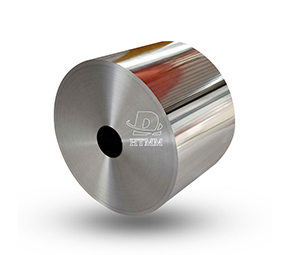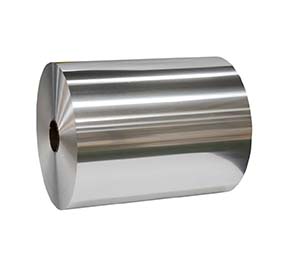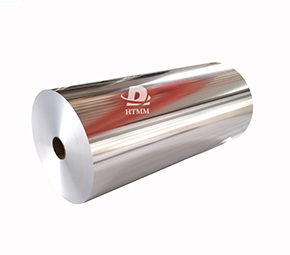Food Grade Aluminum Foil lunch boxes have become an essential part of modern life. They are everywhere from takeaway packaging to airline meals to baking at home. How is this lightweight, hygienic and environmentally friendly packaging material produced? This article will take you to the manufacturing workshop of aluminum foil lunch boxes in general terms to understand the complete manufacturing process from raw material to finished product.
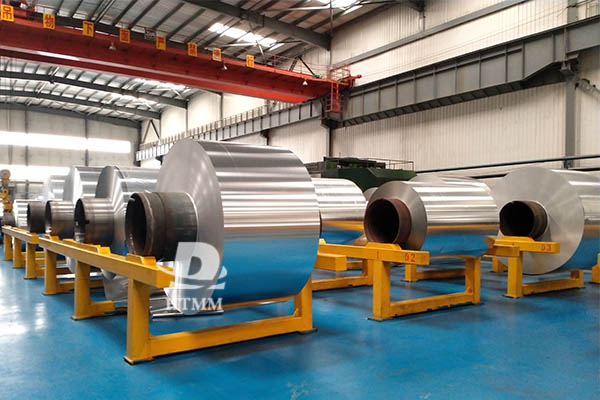
Preparation of raw materials and smelting of aluminum ingots
The production of Food Grade Aluminum Foil lunch boxes starts with the most basic raw material-aluminum. Although the final product is so lightweight and thin, the original aluminum ingots used are solid aluminum ingots. These aluminum ingots are usually silver gray in color and come in a variety of sizes. The most common are rectangular blocks, each weighing about 20-25kg. Once the aluminum ingots are shipped to the factory, they must first undergo a rigorous quality inspection, including component analysis and surface inspection to ensure they do not contain excessive impurities.
The qualified aluminum ingots will be sent to a large melting furnace, whose temperature is 700-800°C, which is sufficient to completely melt the hardened aluminum ingots in aluminum water. Imagine boiling water in a house, except that what is being "boiled" here is metal, and the temperature is much higher. During the melting process, workers will add small amounts of other metal components (such as manganese, magnesium, etc.) to adjust the aluminum alloy formula to improve the strength and flexibility of the final product. At the same time, refining agents will be added to remove gases and impurities in the molten aluminum, just as we scrape off the foam when cooking soup, to ensure the purity of the molten aluminum.
The molten aluminum will be placed in a temporary holding furnace to maintain the proper temperature and await the next step. Temperature control is very important in this process. Too much will waste energy, and too little can start to harden the aluminum. Modern factories typically use computer control systems to accurately control temperatures with errors greater than ±5°C.
Casting and rough rolling processing
The Food Grade Aluminum Foil in the holding furnace will then be cast through a casting and rolling machine to form aluminum strips. Aluminum Foil Suitable for Foil Container Production.This step is quite interesting. The aluminum is first introduced into a special casting system and then passed through the gap between two large rollers. There is cooling water inside the top roller. The aluminum liquid instantly cools and solidifies when in contact with the roller surface, and is rolled into aluminum strips 6-10 mm thick. The whole process is done at the same time, just like drawing candy wire.
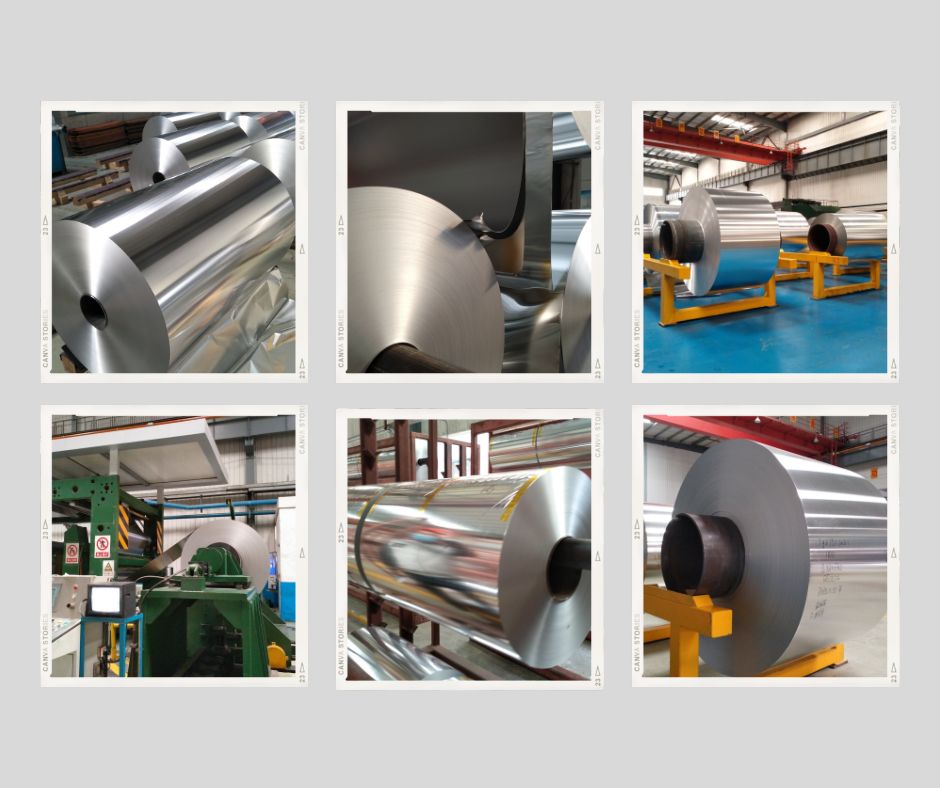
The temperature of the aluminum strip, which has just been cast and rolled, is still very high, and the surface is relatively rough. Aluminum Foil Suitable for Foil Container Production.It has to go through a series of rough rolling processes to gradually thin it out. The rough rolling mill is like a giant rolling pin. It repeatedly rolls the aluminum strip through multiple sets of rollers. After each rolling, the thickness decreases slightly, and the length increases accordingly. At this stage the aluminum strip is usually rolled from an initial 6-10 mm to about 2-4 mm.
The aluminum strip will harden due to metal deformation during the rolling process, just as a paper clip will harden after repeated folding. To solve this problem, the factory will provide annealing between appropriate processes, heating the aluminum strip to a certain temperature and then slowly cooling it to eliminate internal stresses and restore the softness of the material. After annealing, an oxide layer will form on the surface of the aluminum strip, so it is also necessary to pickle it, using a dilute acid solution to remove surface oxides and restore the metallic luster of the aluminum.
After rough rolling, the aluminum strip will be rolled into a large coil, called an "aluminum coil," and each aluminum coil can weigh several tons. These aluminum coils will be transported to the finishing workshop for further processing, or temporarily stored in the warehouse and await the production schedule. At this time the aluminum is much softer and smoother than it was to begin with but there is still a big gap from the thickness needed to make lunch boxes.
Environmental benefits and recycling of aluminum foil container manufacturing
The reason why aluminum foil lunch boxes are becoming more popular is not only because they are easy to use, but also because they are environmentally friendly. Compared to disposable plastic lunch boxes, aluminum foil lunch boxes are 100% recyclable and reusable, and the recycling process is particularly simple. Used aluminum foil lunch boxes can be returned to the factory for remelting and new aluminum products can be made as long as they are simply cleaned. This cycle can be repeated indefinitely, and the quality of the aluminum material itself will not degrade due to recycling. Imagine that the takeaway lunch box you use today could turn into a new can or door and window frame in a few months. This "regeneration" feature is particularly environmentally friendly.
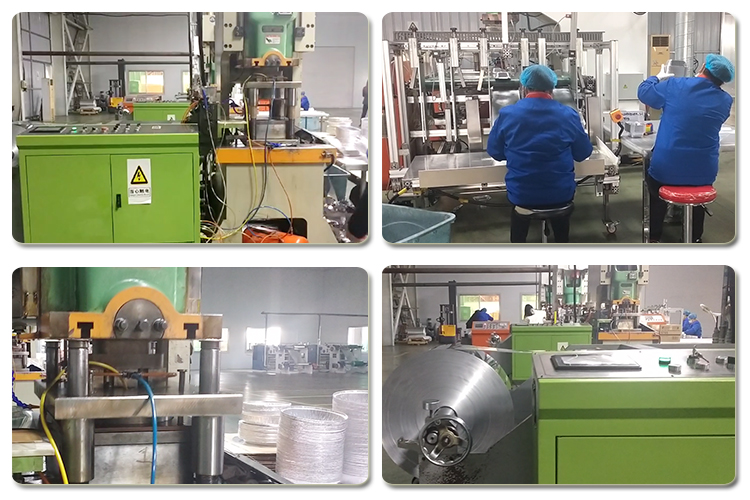
Recycling aluminum foil container manufacturing can also save a lot of energy. Did you know that using scrap aluminum to produce new aluminum saves 95% of energy compared to starting production from ore. This seems to save gas by heating leftovers rather than recooking them. Many cities now have special aluminum recycling bins for sorting garbage, and some fast food restaurants will also recycle their own used aluminum foil lunch boxes. As consumers, as long as we develop good habits of cleaning and sorting, we are contributing to environmental protection. Some of the highest quality aluminum foil lunch boxes are reusable and designed to great quality. As long as it is not damaged it can be washed at home and reused dozens of times, which is both economical and environmentally friendly.

